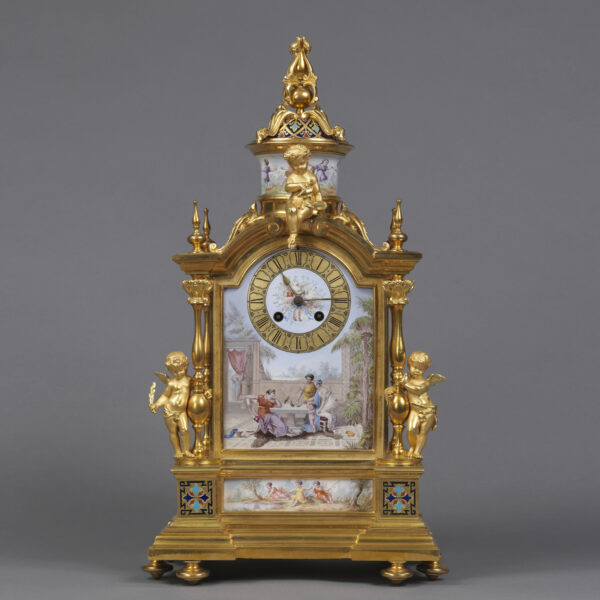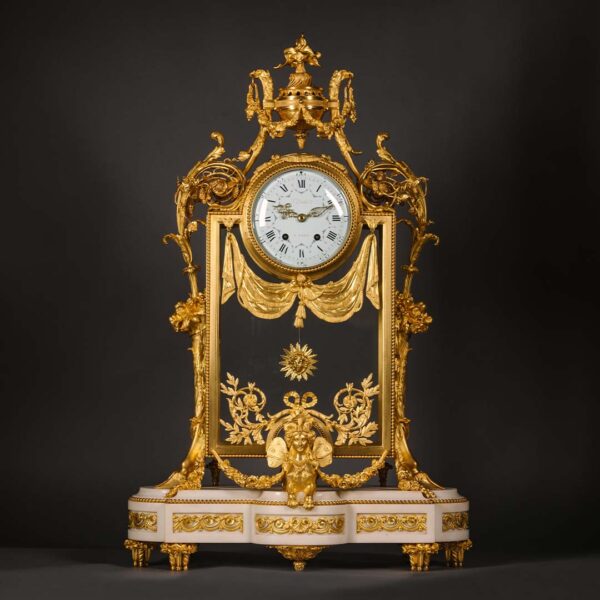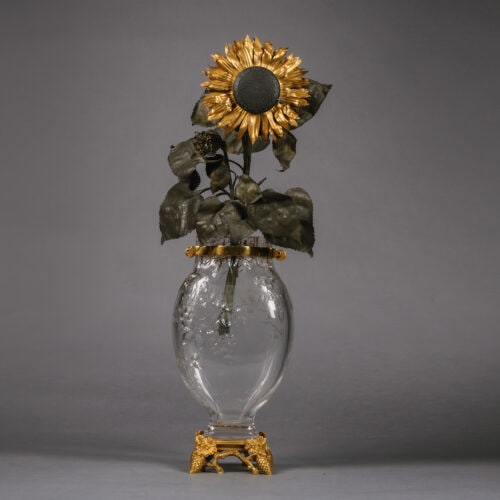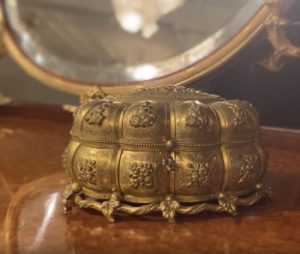Raingo Frères
A Louis XVI Style Gilt-Bronze and Sèvres Style Porcelain Mantel Clock
£14,000
A Louis XVI Style Gilt-Bronze and Sèvres Style Porcelain Mantel Clock, by Raingo Frères, Paris. The porcelain panels signed by Léonard Abel Schilt. The...
Dimensions
Height: 68 cm (27 in)Width: 41 cm (17 in)
Depth: 23 cm (10 in)
Weight: 20 kg
Description
A Louis XVI Style Gilt-Bronze and Sèvres Style Porcelain Mantel Clock, by Raingo Frères, Paris. The porcelain panels signed by Léonard Abel Schilt.
The movement stamped ‘Raingo Frères, Paris’.
The porcelain panels signed ‘Schilt de Sèvres’ for Léonard Abel Schilt.
The reverse of the ormolu mounts stamped ‘R F ro P F. 74’.
The twin train movement with Brocot escapement and suspension, sounding on a bell.
Of impressive size, this fine gilt-bronze and Sèvres style porcelain clock is in the form of an ovoid shaped Bleu Céleste ground porcelain vase with hand painted reserves and gilt-bronze handles, surmounted by a seated putto and inset with a circular 4 1/2 inch porcelain dial with Roman numerals and Breguet hands; the vase flanked by seated excogitative putti and raised on a plinth base mounted with finely painted porcelain panels of putti at play, above a guiulloche running pattern frieze and put down on flattened toupie feet.
Léonard Abel Schilt was a celebrated figure painter from the great Shilt dynasty of porcelain painters, active since 1818 at Sèvres. He is recorded at the national manufactory in the years 1877-1878 and 1891-1893. Schilt also maintained an independent atelier in Paris and was a noted Salon and Exposition exhibitor throughout the late 19th century.
French, Circa 1860.
Date
Circa 1860
Origin
French
Medium
Gilt-Bronze and Porcelain
Signature
The movement stamped 'Raingo Frères, Paris'. The porcelain panels signed 'Schilt de Sèvres' for Léonard Abel Schilt.
There were four Raingo brothers who began as clockmakers before expanding their business to encompass decorative bronze casting. It is not known which Raingo brother was apprenticed in Paris before moving to Belgium, circa 1800, probably for political reasons, and from the signatures on some of his clocks, it is known that he worked in Gand and Tournay. Later, in 1823, he is recorded as being clockmaker to the duc de Chartres.
The company became Raingo Frères in 1825 and thereafter clocks bear their signature with various Paris addresses. They had a workshop at 102 Rue Vielle du Temple in 1829, and from 1840 to 1850 in Rue de Saintonge. In the 1840s Raingo were accused of conterfiting Ruolz metal plating techinique which had been patented by Christofle. Specialising in the manufacture of clocks, for which they favoured sculptural ornament, and this led them to begin casting their own bronzes from the 1850s. After 1860 they moved again back to Rue Vielle du Temple where they started to sell bronzes, not from an edition but cast in a small number, generally marked with the stamp “R.F.” In 1880 the widow of Gabriel-Jules Raingo was joined her two sons, Eugène and Georges. This association was regularly extended until 1 January 1892. Eugène died in February 1895. Mme Raingo and her son Georges modified their company accordingly in July of the same year. Eugene’s rights are shared between Georges and his three sisters. The corporate name becomes “Raingo et Cie”, but the business name remains “Raingo Frères”.
The firm exhibited at many of the important exhibitions of the second half of the 19th century, including London in 1862 and Paris in 1900. Known for the fine quality of its ormolu in particular superb gilding and chasing, Raingo also cast large patinated bronze statuary for leading sculptors of the day including A. Carrier-Belleuse, Grégoire, Loison, Magnier, A. Moreau, Peyre, Pradier and Salmonson.
By the turn of the 20th century Raingo Frères are still recorded to be casting in bronze for a handful of artists, but by this time their mainstay was producing lighting along with artistic metalwork.
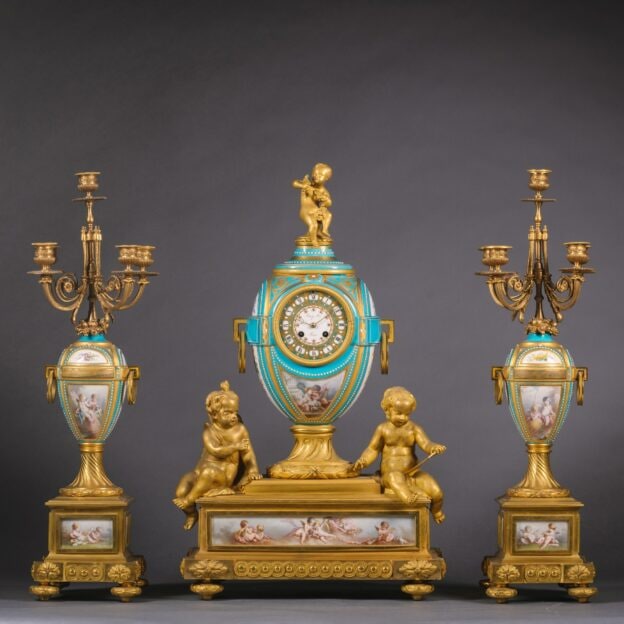
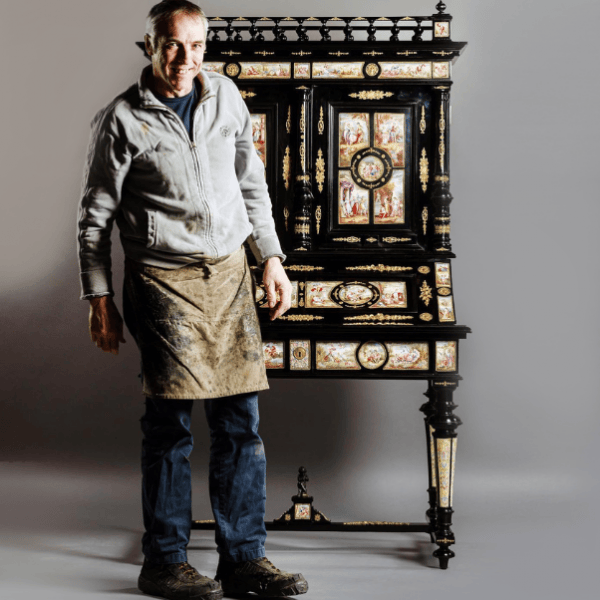
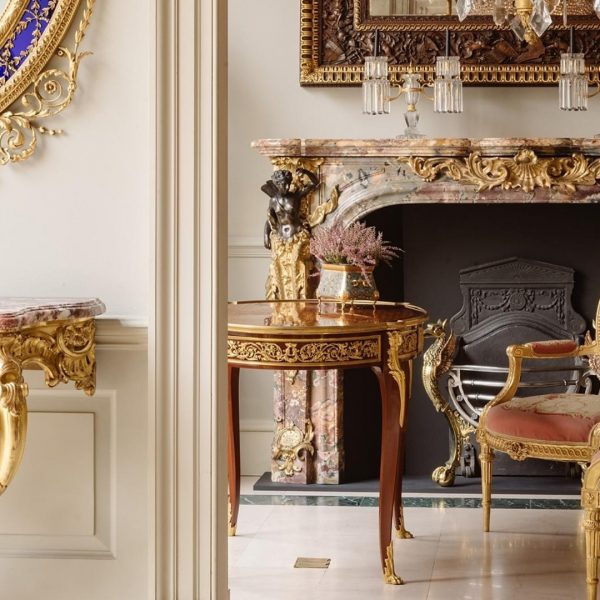
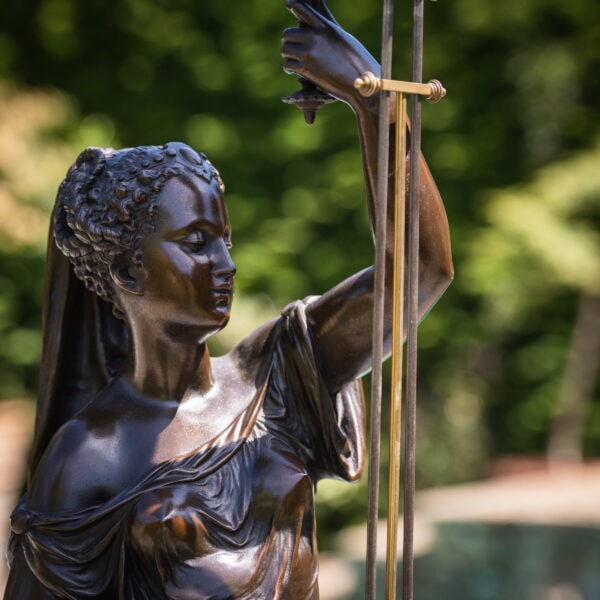
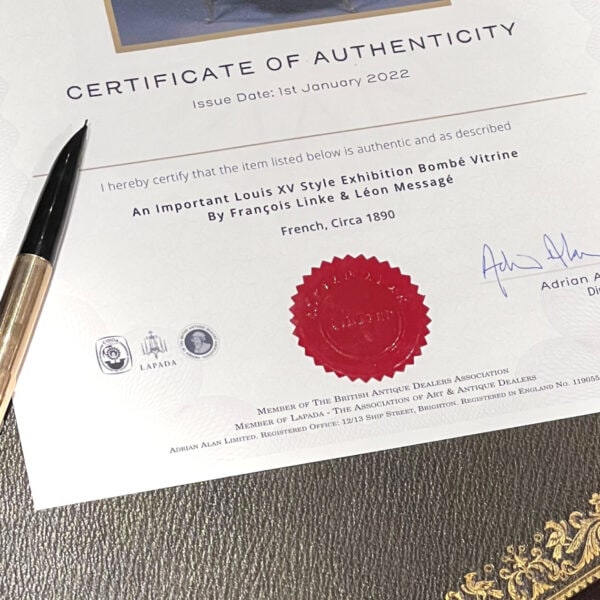
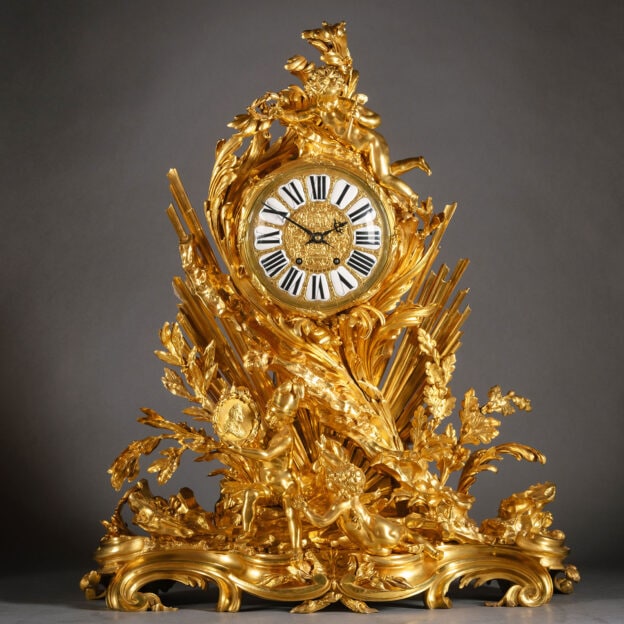
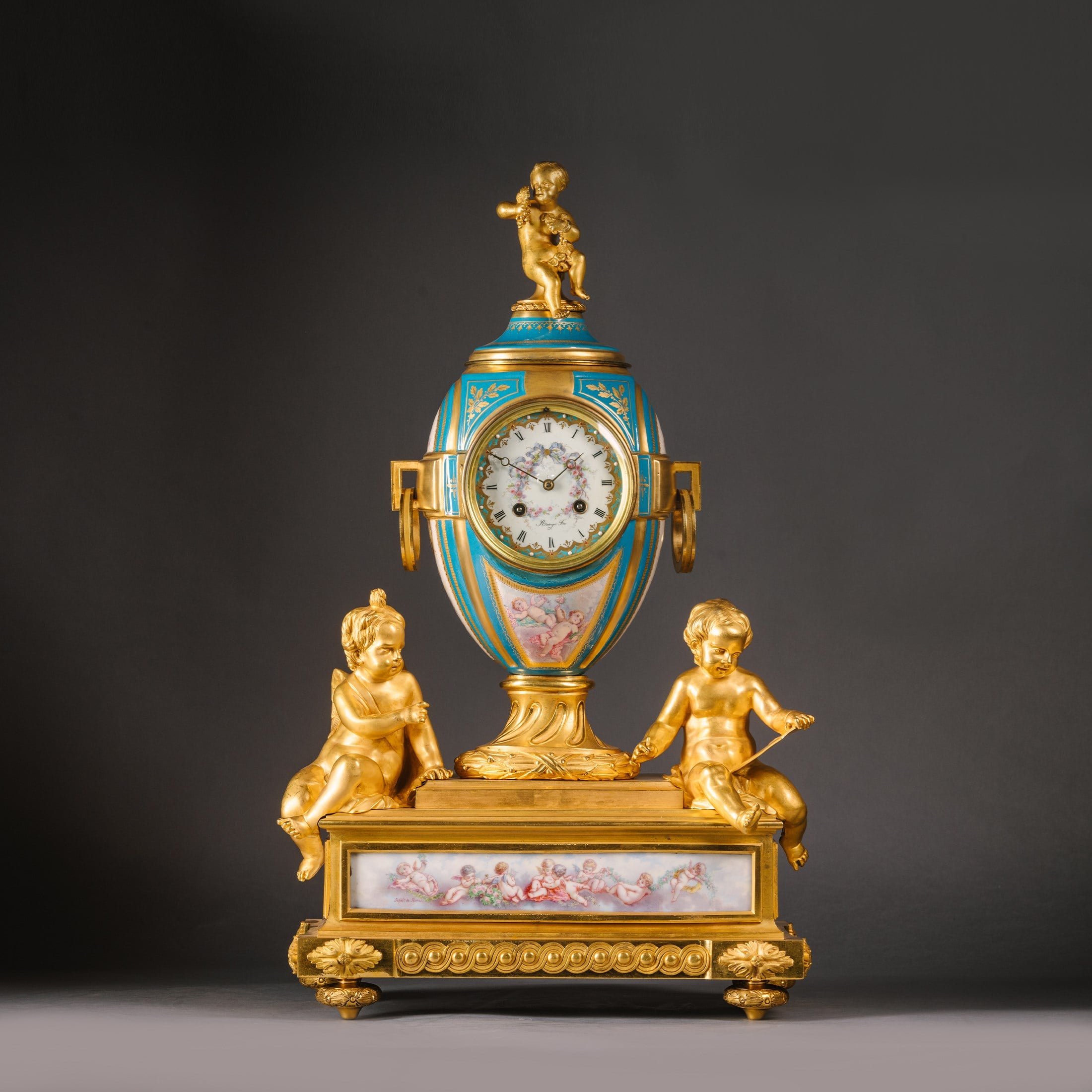
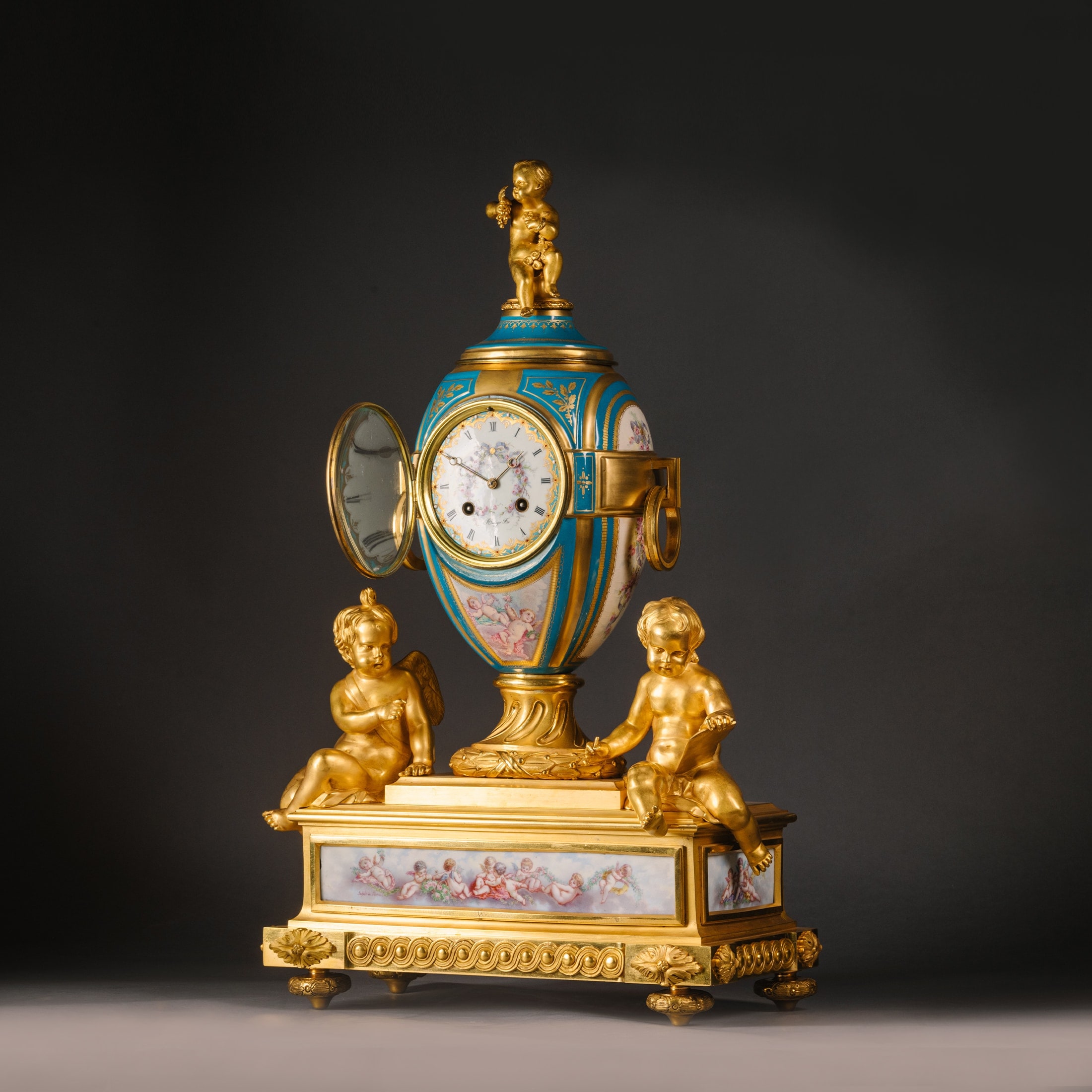
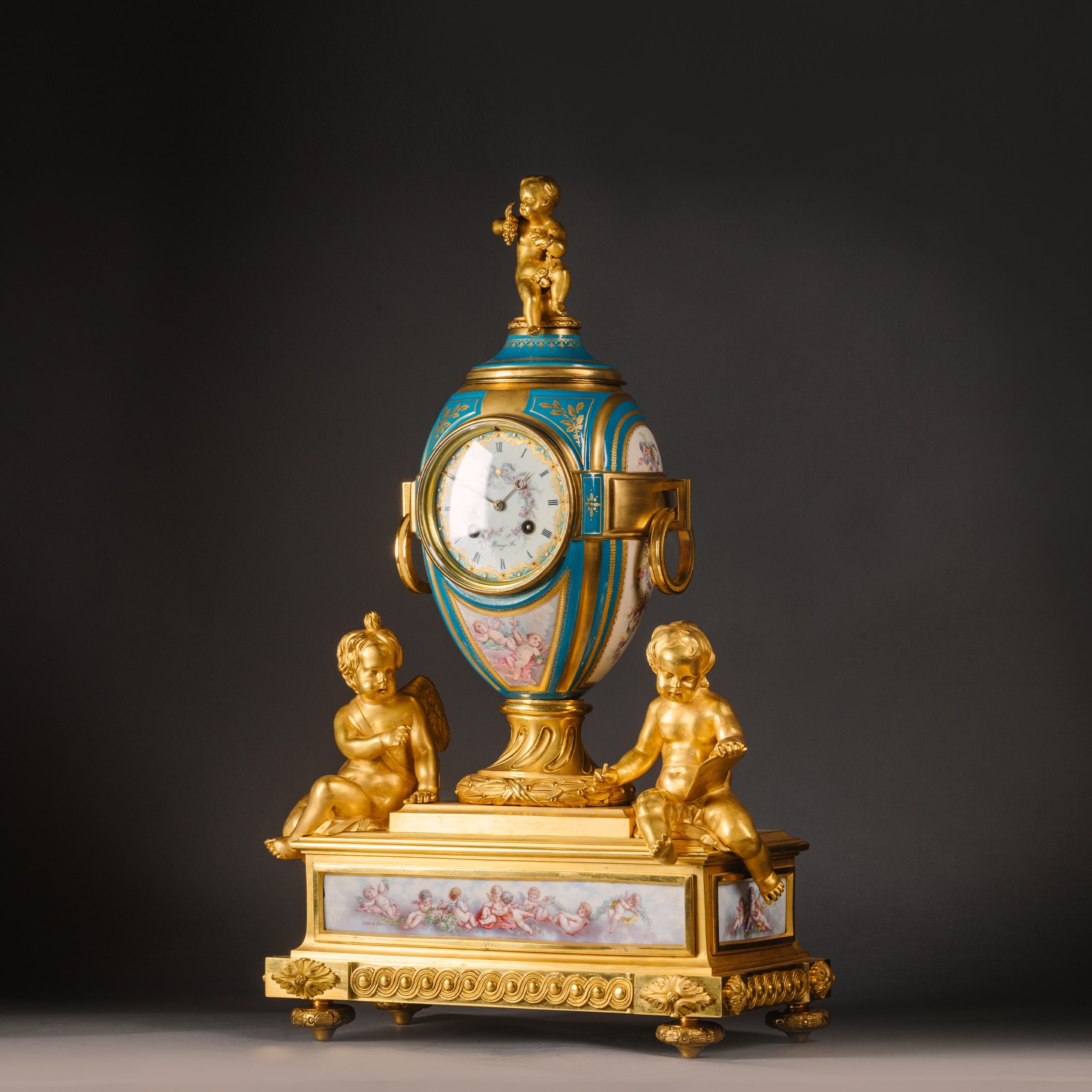
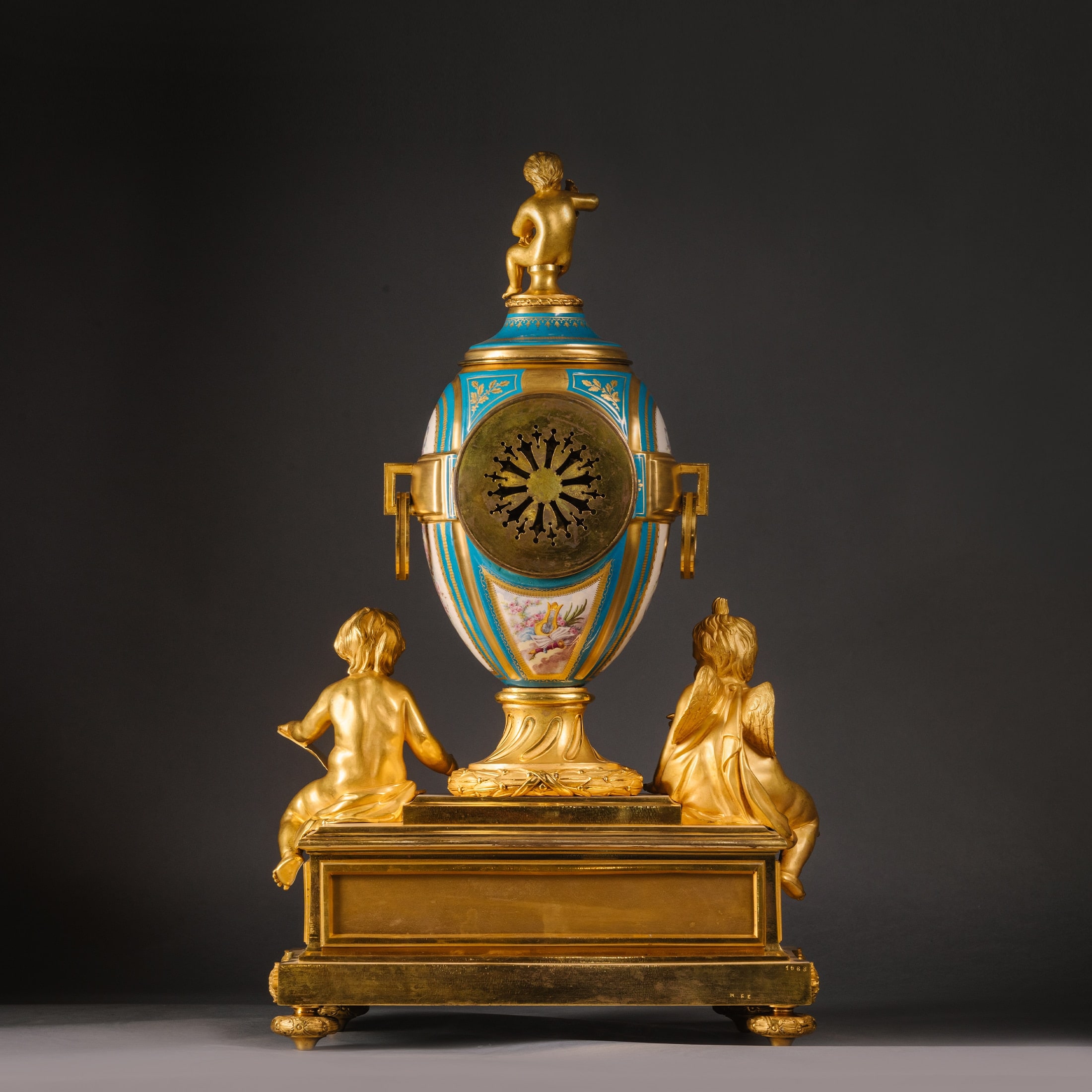
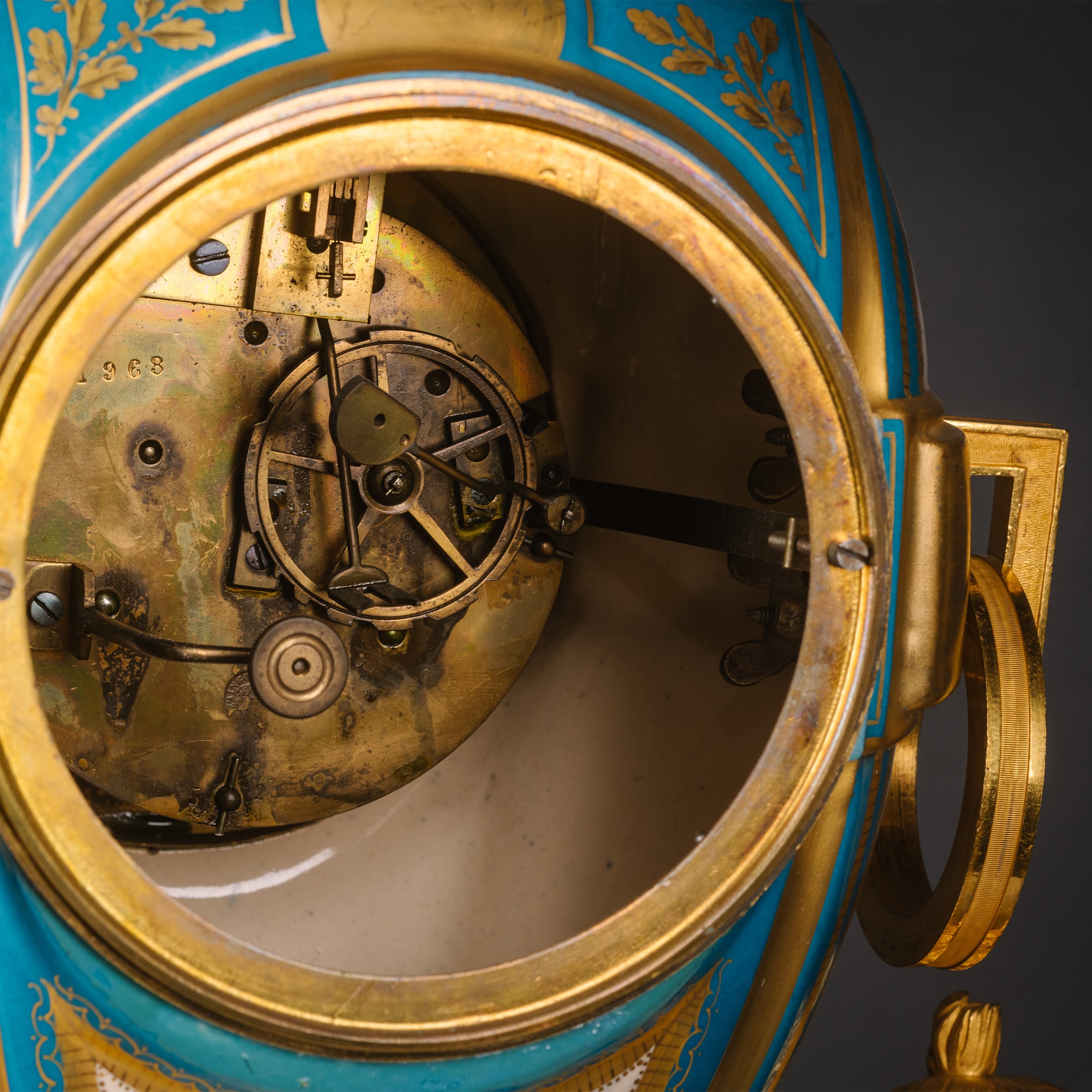
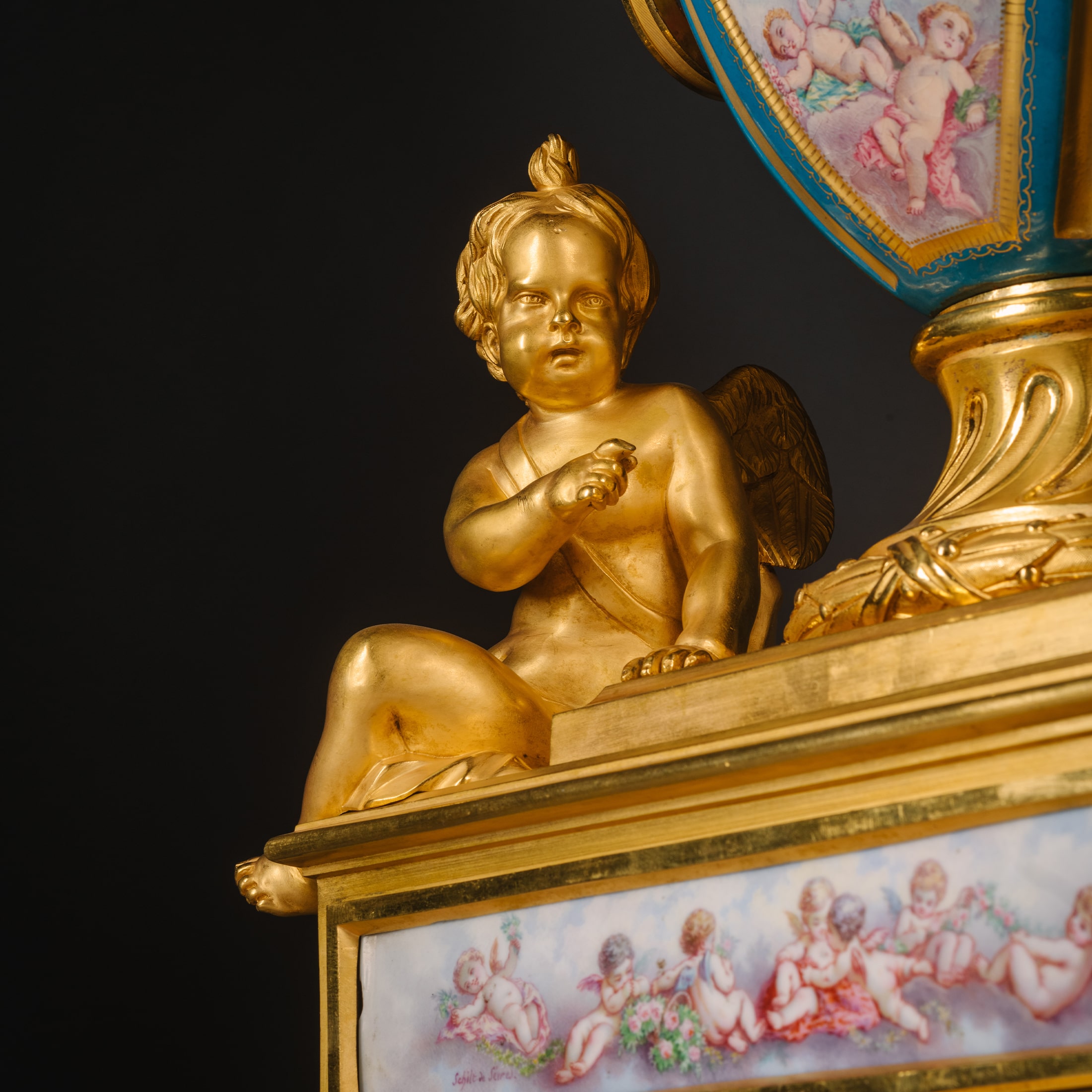

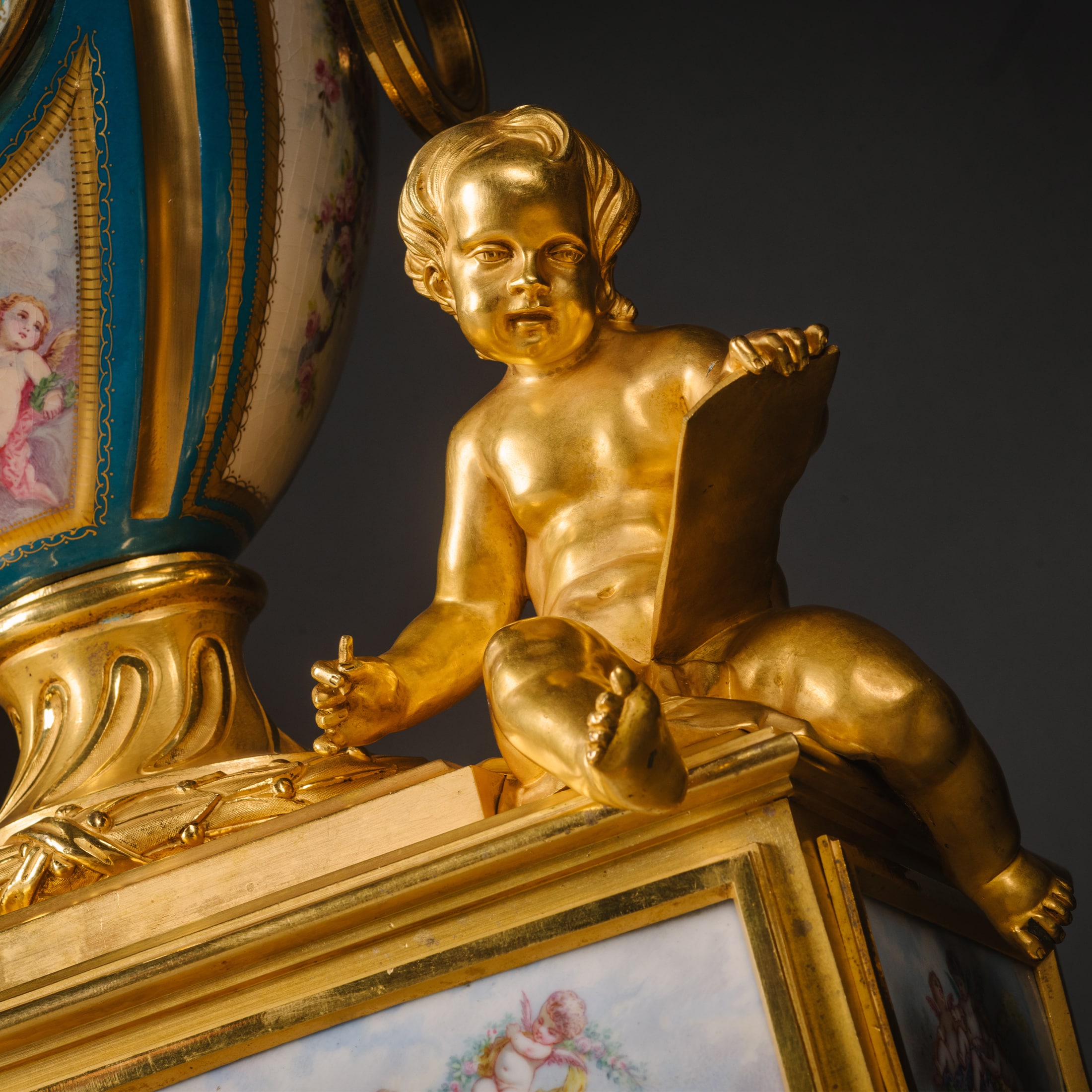
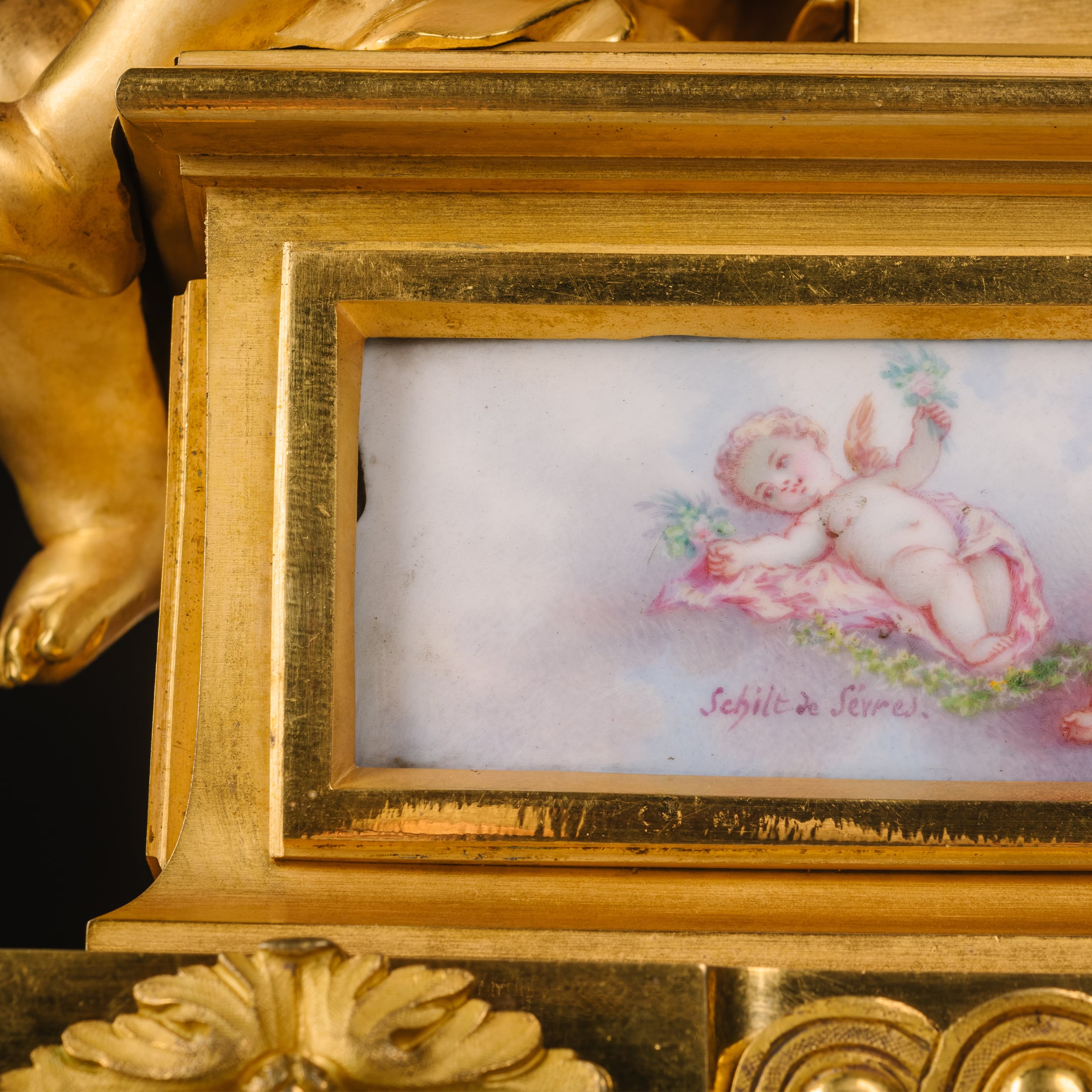
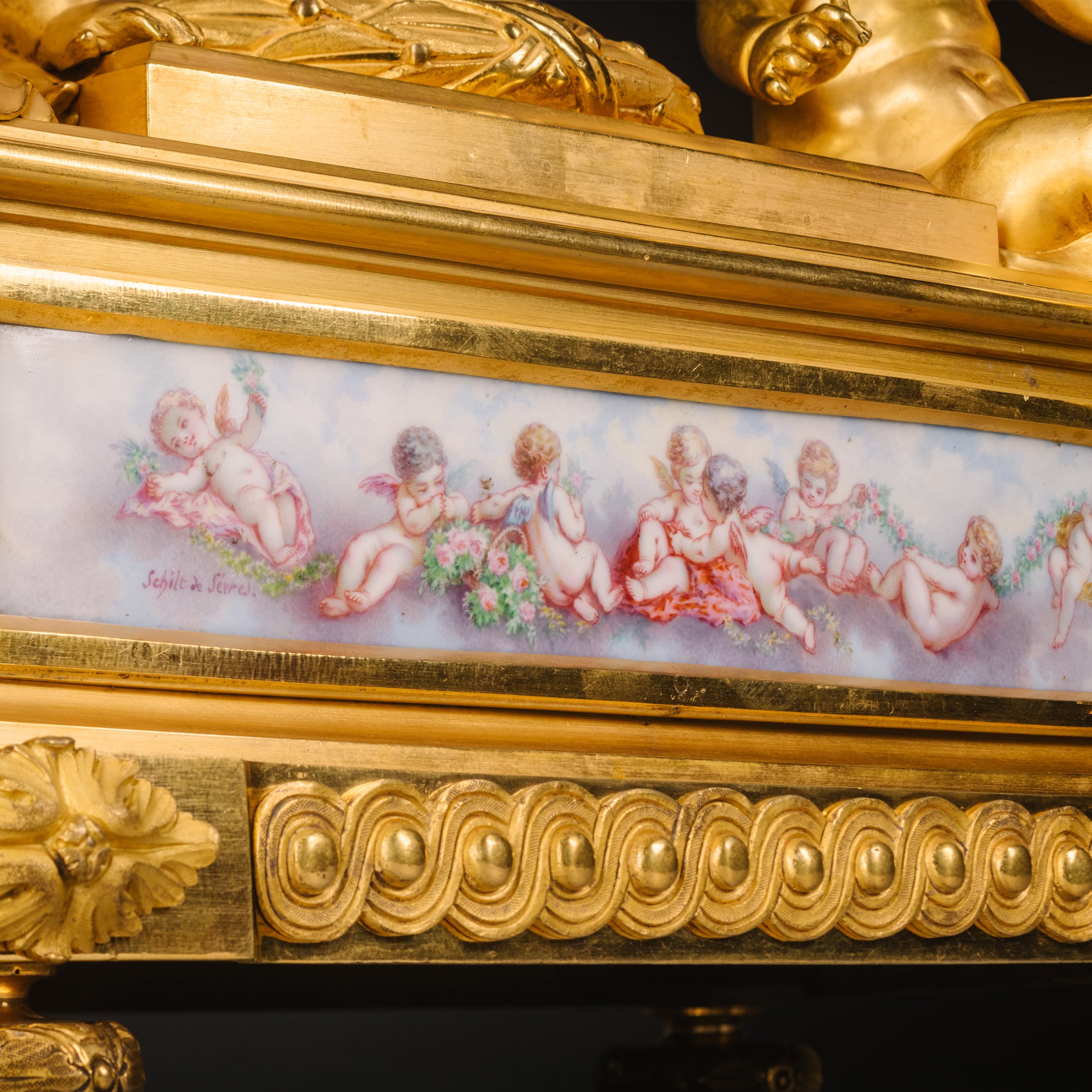

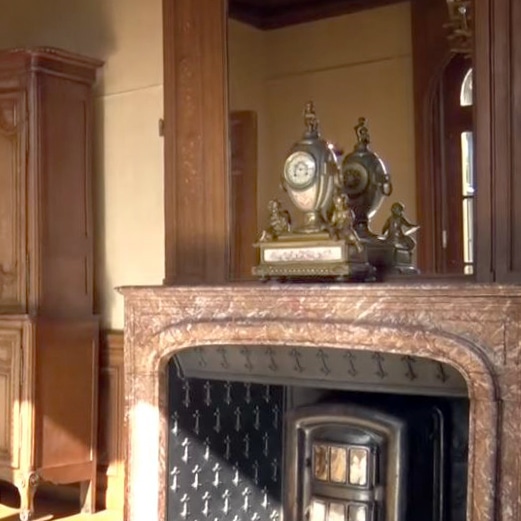
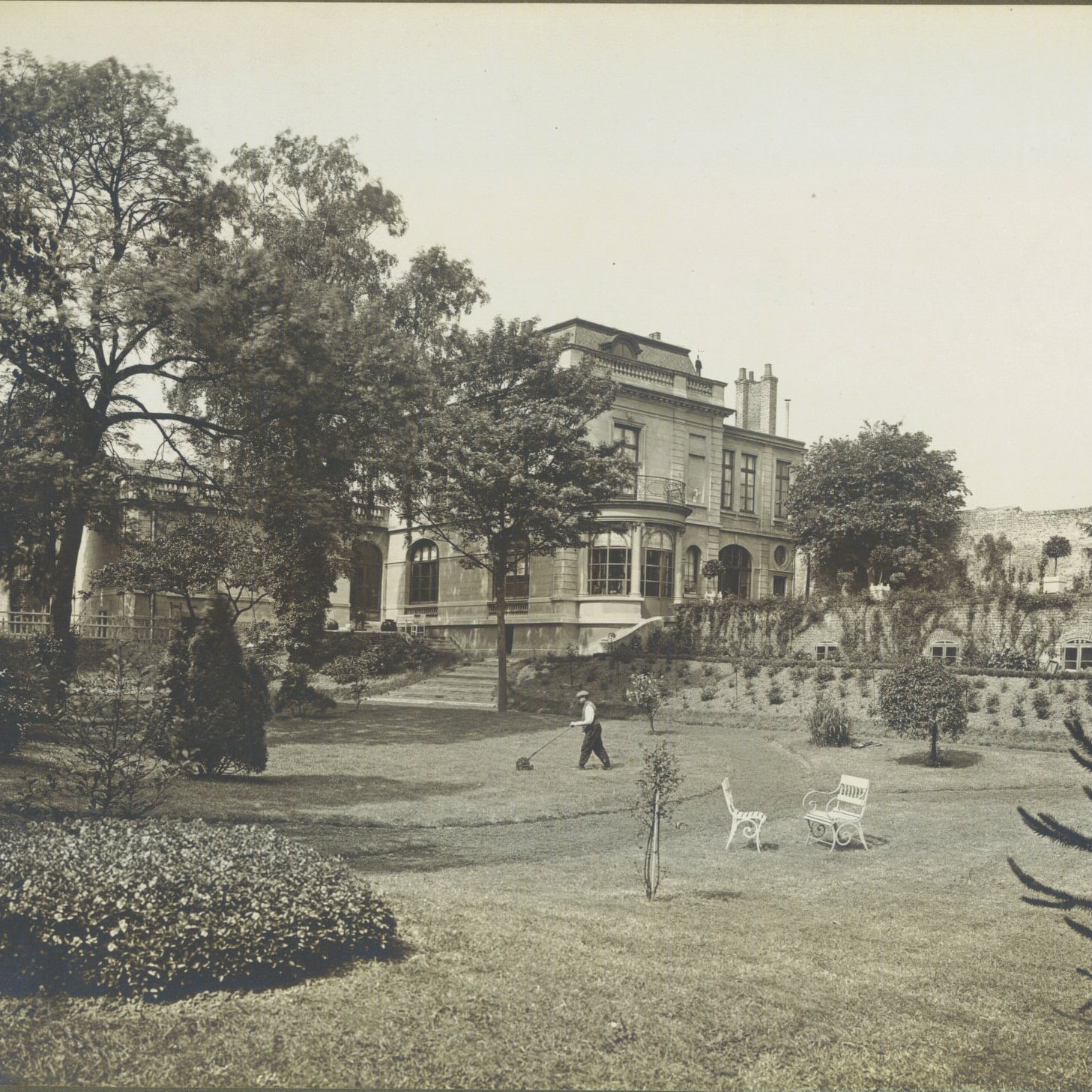

 Print
Print